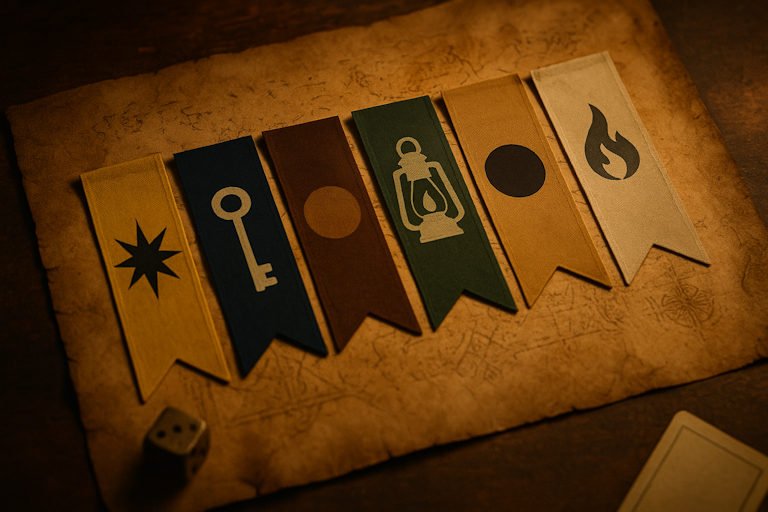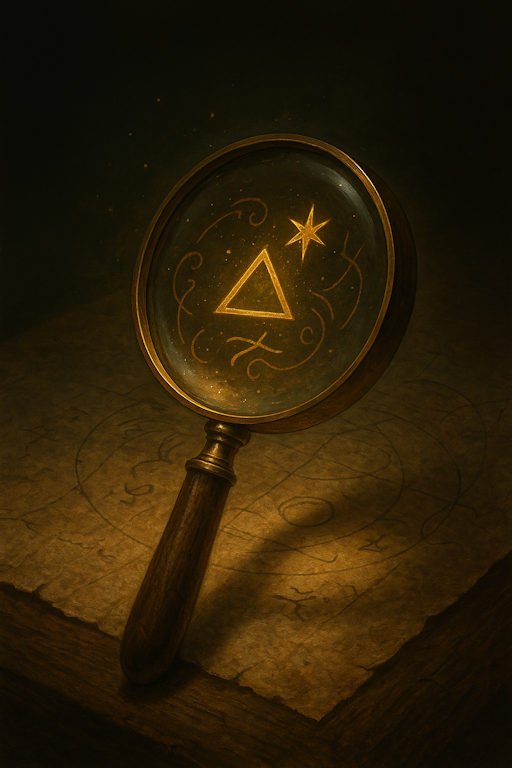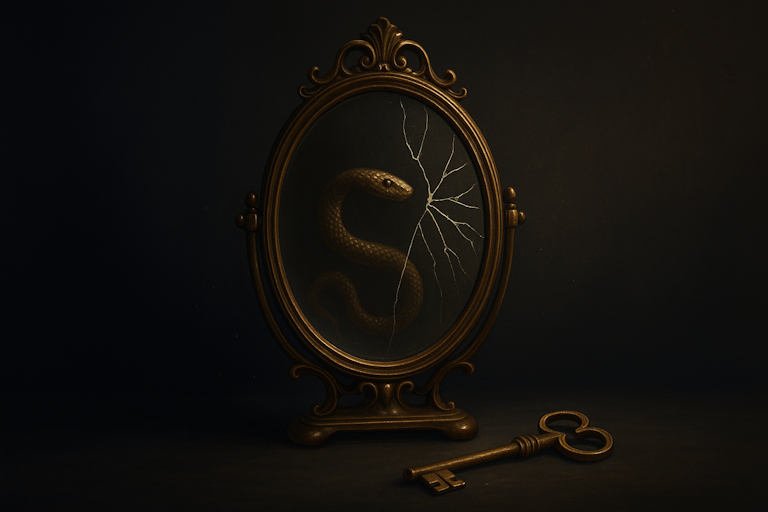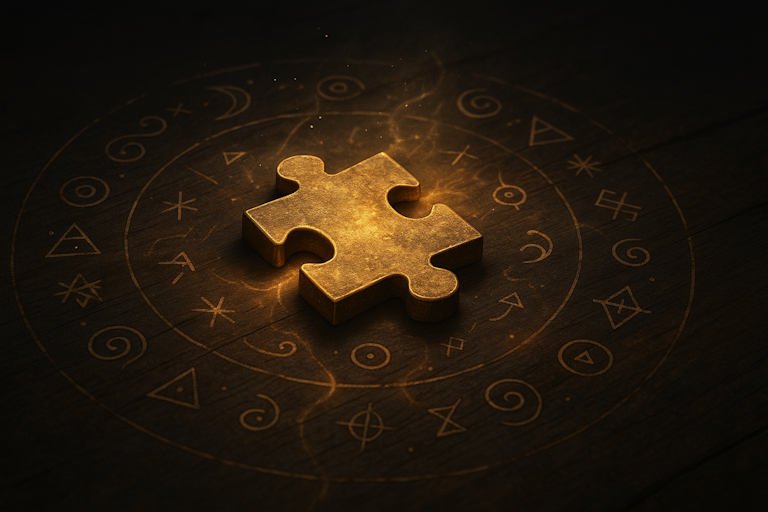
History of mystery games: the fascinating journey from Cluedo to LanthornKeepers (2025)
The history of mystery games is as intriguing as the secrets they invite us to uncover. Long before escape rooms and online deduction nights, people gathered to solve riddles, trace hidden clues, and read each other’s tells.
What began as parlour puzzles and detective fiction soon evolved into boxed mysteries and, later, social deduction—where tension lives between players rather than on the board. Each era added its own layer of suspense and play.
In this article, we trace that journey: from the literary roots of deduction to the birth of Cluedo, and finally to today’s immersive experiences. A timeline where intrigue becomes play, and play becomes a story worth remembering.
The history of mystery games: Origins and classical roots
The history of mystery games begins much earlier than most people imagine. Long before boxes filled with pawns and cards appeared on store shelves, the seed was planted in stories and riddles. In the nineteenth century, writers such as Edgar Allan Poe and Arthur Conan Doyle immersed readers in worlds of investigation, hidden clues, and dramatic revelations. These literary traditions became a blueprint for later game mechanics: the tension of an unresolved puzzle and the satisfaction of a final solution. Readers were, in effect, already players—racing the detective to uncover the truth before the last page.
Yet the roots of playful strategy stretch back thousands of years. Ancient board games like Senet in Egypt or the Royal Game of Ur in Mesopotamia show how people have long delighted in suspense, chance, and tactical decisions. While these early games were not mysteries in the strict sense, they established the foundations: structured rules, symbolic objects, and the mixture of luck and insight. Those same elements would later become essential in shaping the mystery genre within games.
At the same time, a culture of puzzles and parlor challenges was growing in the salons and living rooms of Europe. Solving cryptograms, rebuses, or logic puzzles was more than a pastime—it was a way of demonstrating wit and intelligence in social settings. This tradition of “playful thinking” made it natural to shift from passively consuming a story to actively engaging with a mystery. When players gathered to test their skills, the line between entertainment and intellectual challenge blurred.
Looking at these early roots, we see how stories, strategy, and riddles gradually fused into a new form of play. The human desire to unravel the unknown and the joy of collective problem-solving provided fertile ground for the emergence of mystery games. The history of mystery games shows that fascination with secrets is not limited to books or modern board games—it is an ancient pattern, a timeless instinct to play with the unknown together.

Uncover
The Firefly Inn
Behind its lantern light, secrets wait to be revealed. Step closer, and choose your path into the unknown.
The birth of the mystery board game
If the nineteenth century gave us the literary DNA of deduction, the mid-twentieth century delivered the first mystery game that truly entered living rooms worldwide. In 1949, a British civil servant named Anthony Pratt published a board game called Cluedo (known as Clue in the United States). Its premise was simple yet electrifying: players stepped into a mansion, assumed roles, and tried to determine who committed the crime, with what weapon, and in which room.
Cluedo was a milestone because it condensed the spirit of detective fiction into a structured, replayable format. Instead of merely reading about suspects, players became part of the investigation. The board, cards, and dice acted as props in a theatrical performance where deduction and bluffing intertwined. The thrill no longer lay in watching a detective solve the case—it came from being the detective, racing friends to assemble the correct chain of evidence.
This innovation reshaped the history of mystery games. While earlier parlor riddles and literary puzzles encouraged critical thinking, Cluedo brought the genre into a social, competitive setting. Its combination of simple mechanics and narrative intrigue made it instantly accessible. Families could gather for an evening and, within minutes, be plunged into a drama of secrets, suspicion, and sudden revelations.
Cluedo’s success also paved the way for countless variations and evolutions. Murder mystery parties, popular from the 1980s onward, expanded the concept into live roleplay, letting participants dress as characters and interrogate each other in real time. Meanwhile, board game designers began experimenting with deeper narratives, branching storylines, and legacy formats—games that evolved over multiple sessions, where decisions left permanent marks on the board.
What made these developments powerful was not just novelty but resonance. People had already shown, for centuries, that they craved stories where hidden truths slowly surfaced. Cluedo gave that craving a physical home, a box of cards and tokens that transformed the dinner table into a stage of intrigue. From that moment onward, mystery was no longer confined to books or riddles—it had become a genre of play in its own right.

Uncover
The Firefly Inn
Behind its lantern light, secrets wait to be revealed. Step closer, and choose your path into the unknown.
Key moments in the evolution of mystery games
The journey of mystery games has never been a straight line. Instead, it unfolds through distinct milestones where storytelling, play, and social dynamics met in new ways. Each era added a layer of intrigue, shaping the way we still experience mysteries at the table today.
- 1940s – The boxed detective story: Cluedo introduces the first structured board game where players embody investigators, blending fiction with play.
- 1980s – The rise of murder mystery parties: Guests dress as suspects, roleplay characters, and solve a crime together, bringing narrative into social life.
- 2000s – Social deduction on the rise: Games like Mafia and Werewolf focus on hidden roles, deception, and group psychology rather than board mechanics.
- 2020s – Hybrid and legacy formats: Story-driven games evolve across multiple sessions, leaving permanent changes and weaving long-term suspense.

Together, these milestones show how mystery has never stood still—it adapts with each era, shifting from novels to boards, from parties to evolving campaigns.
Modern social deduction and experience
Mystery games took another leap with the rise of social deduction. Unlike earlier board-driven formats, these games focus on players themselves as the central puzzle. Titles like Mafia and Werewolf spread rapidly from informal gatherings to mainstream culture. The mechanics are simple—hidden roles, secret loyalties, and a race to expose deception—but the tension is electric. Every glance, hesitation, or accusation becomes part of the story.
This shift transformed the mystery genre into a mirror of group psychology. Suspicion and bluffing replaced dice rolls and boards, proving that mystery does not always need props to thrive. The drama unfolds in real time, carried by the voices and choices of the players. It is not about who rolls the highest number, but who reads the room most convincingly.
More recent designs have refined and expanded this approach. Games like Insider or Blood on the Clocktower layer complexity onto the core idea of hidden information, creating longer arcs of tension and more room for strategy. What they share is the ability to keep players fully immersed, even when they are temporarily out of the spotlight.
Social deduction shows how flexible the history of mystery games really is. From boxed suspects to whispered lies, the genre adapts to the spaces where people gather—around tables, in living rooms, or across digital platforms. At its heart, the appeal remains the same: to uncover what is hidden, to test trust, and to feel the thrill of secrets revealed.
Conclusion – From Cluedo to LanthornKeepers
The history of mystery games is a story of transformation. From the parlor riddles of the nineteenth century to the boxed drama of Cluedo, and from whispered accusations in Werewolf to evolving legacy campaigns, each generation has found its own way to play with secrets. The constant thread is not the board or the rules, but the human desire to lean closer when something is hidden.
This is also where LanthornKeepers enters the timeline. Instead of retelling the past, it carries the tradition forward—taking the timeless ingredients of suspense, symbolism, and group psychology and weaving them into a new kind of mystery experience. Just as earlier eras blended literature, strategy, and storytelling, LanthornKeepers shows how mystery can live in modern play: immersive, atmospheric, and rooted in the bond between players.
Ultimately, the journey from Cluedo to LanthornKeepers reminds us that mystery is not just a genre of games—it is a mirror of how we imagine, trust, and discover together. And in every flicker of lantern light, the story continues.

Uncover
The Firefly Inn
Behind its lantern light, secrets wait to be revealed. Step closer, and choose your path into the unknown.




